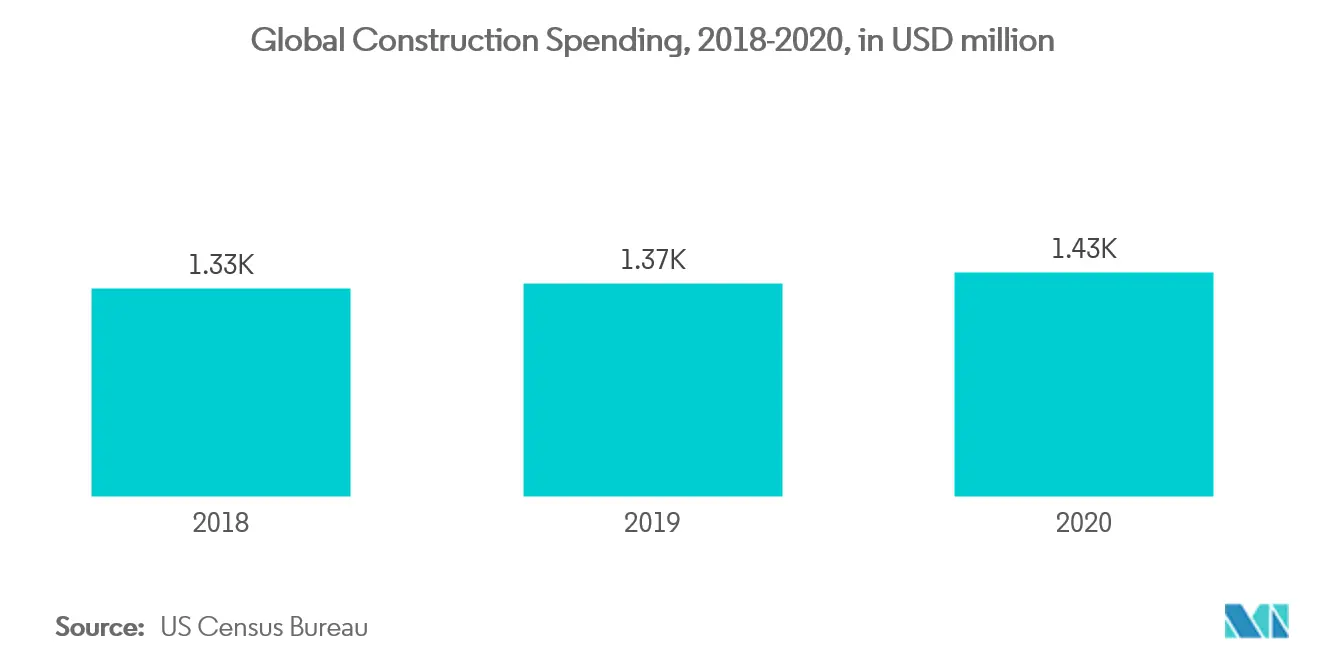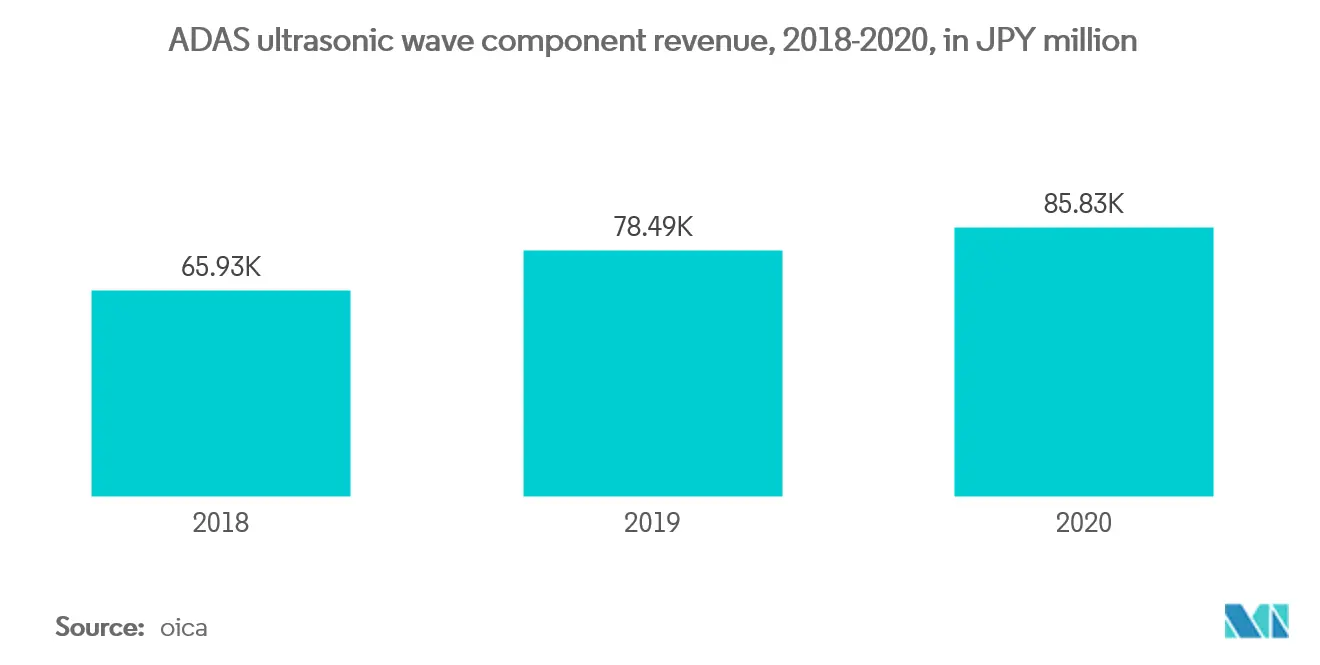Market Trends of APAC NDT Equipment Industry
This section covers the major market trends shaping the APAC Non-Destructive Testing Equipment Market according to our research experts:
Stringent Regulations Mandating Safety
- Several governmental agencies and regional bodies across the world formulated stringent measures, primarily for assuring the safety of buildings. These measures have mandated the use of NDT and other evaluation techniques for conducting fitness checks.
- This is important for gaining building clearances from concerned authorities for infrastructural projects. These checks include structural strength evaluation, fire safety, and emergency protocol compliance tests.
- The International Code Council (ICC), which engages in the formulation of safety measures, introduced a set of model building codes known as international codes. These codes were devised for use in the United States, but they are also widely employed in other regions.
- The ICC 1704 standard mandates the need for gaining NDT certification in the welding category to ensure structural integrity. However, in the United States, regional bodies are given autonomy for framing their own technical and industrial standards.
- NDT is of paramount importance in high-grade applications, such as defense and aerospace. In these sectors, the scope for error is close to zero, so governmental agencies adopted ASTM and ISO standards to mandate NDT techniques during the development and maintenance of infrastructure.
- Key areas, like energy, material science, and space, widely use NDT for ensuring the structural integrity of components. The role played by world-renowned private organizations, like ASTM, ISO, and NAS, cannot be overlooked, and these bodies have framed NDT industry-level policies for stipulating the set of practices and procedures to be followed by NDT service and equipment firms.

Ultrasonic testing
- Ultrasonic testing is a volumetric testing method that uses high-frequency sound waves to measure geometric and physical properties in materials. The high-frequency sound waves are introduced into the material to detect surface and sub-surface flaws.
- Using ultrasonic testing, the presence and location of flaws can be detected, and information about the type of flaw can be obtained. The flaws are detected from energy by the metal gas interfaces/metal liquid interfaces, the time of transit of the sound wave through the test piece, and attenuation of the beam of sound waves.
- This testing is used for quality control and materials testing in all major industries for the testing of castings, forgings, extruded components, weld joints, manufacturing and production of steel, fabrication of structures such as pressure vessels, bridges, motor vehicles, machinery, and jet engines.
- The major advantage of ultrasonic testing is that it only requires access to one side of the material being tested and is mainly used for the inspection of pressure equipment, tanks, and piping systems. Ultrasonic testing is the best method to detect critical planar breaks, such as cracking and incomplete fusion.
- This testing technology has deep penetration ability. Ultrasonic testing is a sensitive method for the detection of linear discontinuities. Ultrasonic testing is faster and economical compared to radiographic examination. It has applications such as wall thickness measurement, corrosion mapping, lamination testing, flaw detection, density measurement, and hardness measurement.
- Ultrasonic testing can also be used to measure the thickness of metal sections during manufacturing and maintenance inspections. Ultrasonic testing is used to measure wall thickness, detect hidden cracks and other abnormalities affecting structural integrity. The widespread use of ultrasonic testing in construction components has augmented the importance of ultrasonic testing for industrial quality control.


